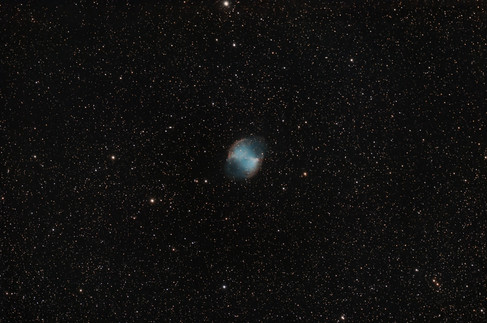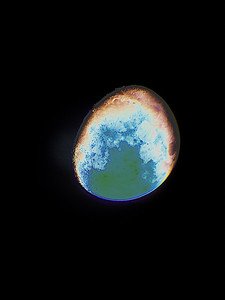Season Kickoff at Blackheath: Moon, Saturn, Deep Sky, and a Mix of Old and New Tech - Saturday 14th September 2024
- Mike Meynell

- Sep 13, 2024
- 2 min read
Updated: Oct 6, 2024
Blackheath observing events in September have always been popular. Although the skies don’t get particularly dark until quite late, the mild temperatures make it a comfortable experience, especially for those who prefer to avoid the cold of our winter sessions!
This was our first Blackheath observing event of the 2024/25 season, and it was no exception. Around a dozen Flamsteed volunteers supported the event, which saw over 50 visitors and more than 15 telescopes and binoculars on the heath. Among them were several “smart” telescopes, allowing us to display views of galaxies, nebulae, and clusters on tablet devices - a nice touch, though the main focus of the night was on good old-fashioned visual observing.

The evening’s headline acts were the waxing gibbous Moon, at 85% illumination, and Saturn, which never fails to steal the show. The Moon came up first; despite sitting low in the sky at this time of year, it offered some breathtaking views, particularly around the north and south poles, where crater shadows beautifully highlighted central peaks and other details.
Then came Saturn - what more can be said about the planet that always tops the charts of favourite night sky objects? Even the smaller scopes provided excellent views. Alec tested the limits of his refractor’s magnification, though, with Saturn low on the horizon, slightly less power actually gave the best results. The rings, currently at a shallow inclination of around 3-4 degrees, will be edge-on to Earth by March next year, an event that happens roughly every 15 years. Even so, they were still spectacular to behold.
Eddie and Mark’s refractors delivered stunning views of both the Moon and Saturn, while David gave his new Seestar smart telescope its first public outing, aiming it at every deep-sky object he could find. I also brought along some new gear - the Celestron Origin, a 6-inch RASA scope, which provided near real-time views of deep-sky objects on a tablet display. Lots of new kit on show, challenging the old astronomer’s belief that new equipment is a surefire way to guarantee cloudy skies!
We were also treated to a couple of shooting stars: one, which many of us spotted, was distinctly orange and broke up as it passed overhead - likely space junk burning up on re-entry. The other I missed, described by Alec as green, was probably a meteor, adding an extra touch of excitement to the evening.
Meanwhile, Tej, as always, attracted a crowd around his not-so-new 8-inch SCT. We had a large number of young visitors, many of whom preferred the tactile experience of looking through an eyepiece over a screen. When it came to viewing the Moon and Saturn, traditional “old tech” triumphed, but the newer technology was invaluable for picking out deep-sky objects over light-polluted Blackheath.

Our other volunteers pitched in with scopes and binoculars - huge thanks to Matt, Brendan, Tony, and Paul for bringing their equipment and enthusiasm to the session.
We hope to do it all again next weekend (weather permitting, of course), with another session planned for Saturday 21st or Sunday 22nd September. Let’s keep our fingers crossed for clear skies, and we’ll see you on Blackheath!





























Comments